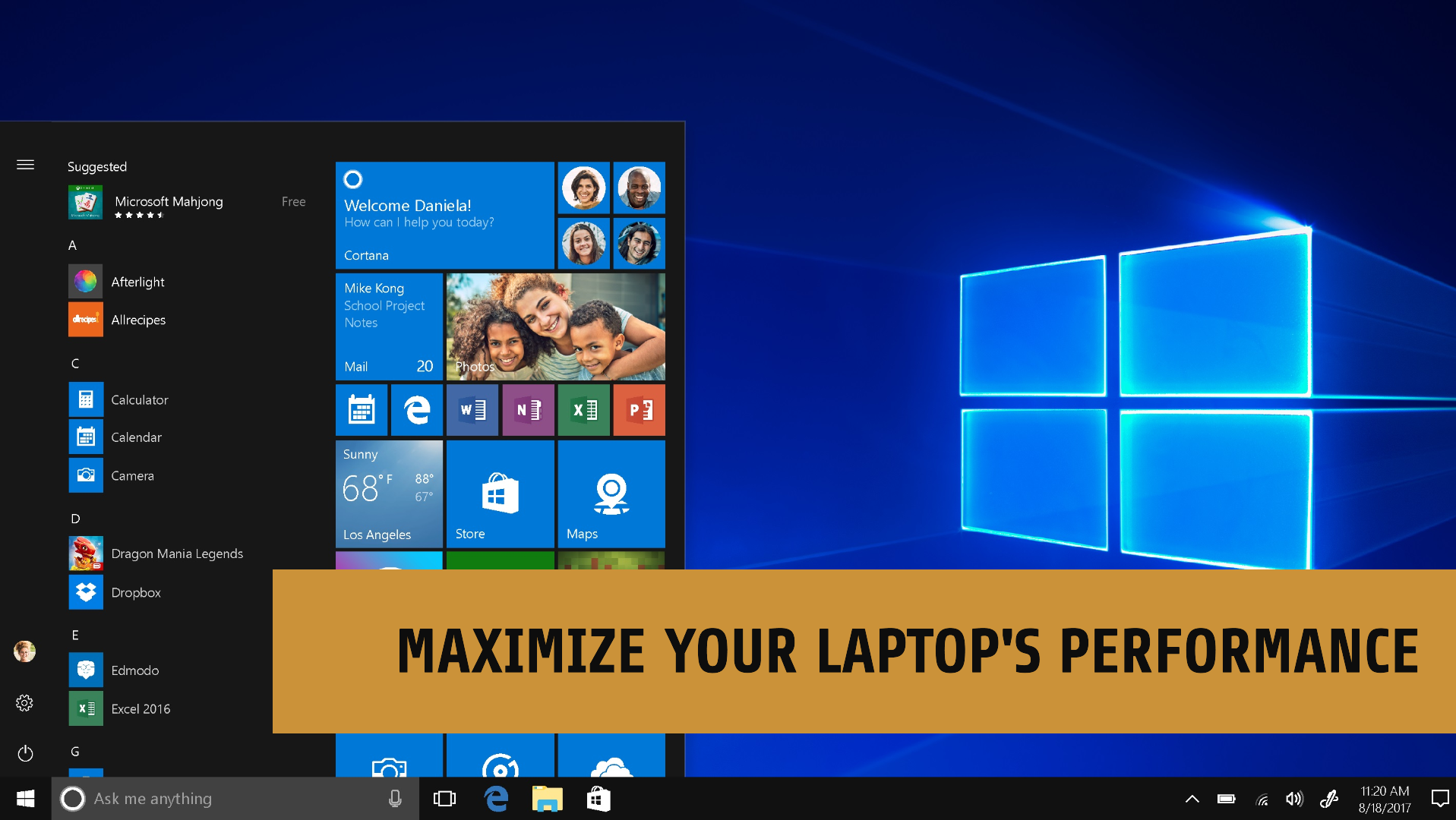Introduction
Is your laptop struggling to keep up with your tasks, taking forever to load programs, and responding sluggishly to your commands? Slow performance can be frustrating, but don't worry – we've got you covered! In this comprehensive guide, we'll provide detailed step-by-step solutions to help you diagnose and resolve slow performance issues on Windows laptops.
Step 1: Check System Resources
- Press Ctrl + Shift + Esc to open Task Manager.
- Navigate to the Processes tab and observe CPU, memory (RAM), and disk usage.
- Identify any processes or applications consuming a significant amount of resources.
Step 2: Close Unnecessary Programs
- Right-click on resource-intensive processes and select End Task to close them.
- Close unused programs and browser tabs to free up memory and CPU resources.
Step 3: Update Software
- Open Windows Settings by pressing Win + I, then go to Update & Security.
- Click on Check for updates and install any available updates to ensure optimal performance and security.
Step 4: Remove Malware and Bloatware
- Run a full system scan using Windows Defender or third-party antivirus software to detect and remove malware.
- Uninstall unnecessary bloatware and trial applications that may be slowing down your system.
Step 5: Clean Up Disk Space
- Use the built-in Disk Cleanup tool to delete temporary files, system files, and unnecessary downloads.
- Free up disk space to improve system performance and responsiveness.
Step 6: Optimize Startup Programs
- Open Task Manager (Ctrl + Shift + Esc) and go to the Startup tab.
- Disable unnecessary startup programs to reduce boot times and improve overall performance.
Step 7: Perform Maintenance Tasks
- Regularly defragment your hard drive using the built-in Disk Defragmenter tool to optimize disk performance.
- Schedule automatic maintenance tasks, such as disk cleanup and system file checker, to keep your system running smoothly.
Conclusion
By following these detailed step-by-step troubleshooting tips tailored for Windows laptops, you can diagnose and address slow performance issues effectively. Remember to regularly maintain your laptop, keep software up to date, and optimize system resources to ensure smooth and efficient operation. Don't let slow performance slow you down – take action today to optimize your laptop's performance and enhance your productivity.

